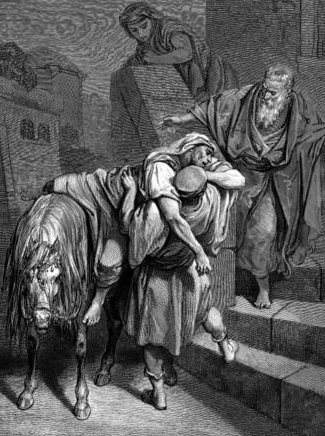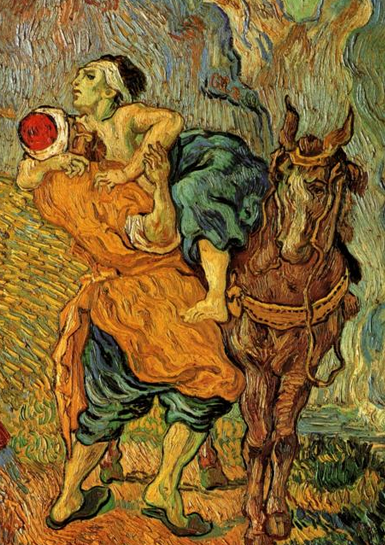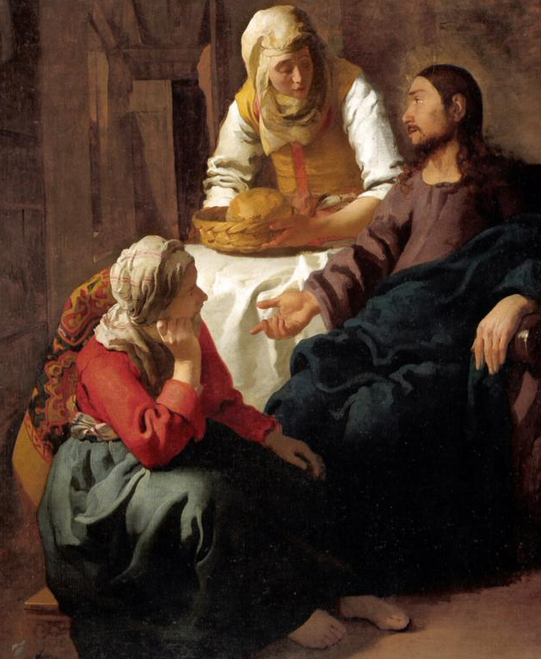Bible Lesson 23
El Buen Samaritano – The Good Samaritan
One of the most famous stories in the Bible, the following parable is so well known that even those who have never read the Bible often use the term “Good Samaritan” to describe a person who helps strangers.
Because the term is so familiar, it is necessary for us to remember that the Jews hated Samaritans, and treated them like sub-humans. When Jesus praises this despised outsider for an act of mercy, in contrast to the two respected Jewish leaders who ignored their own countryman, he was being extremely shocking.
Let us go and do likewise!
We also have a little domestic vignette from the visit of Jesus to the home of Mary and Martha. Let’s always remember, in the midst of our busyness, that sitting at the feet of Jesus is “the only thing necessary.”
How to Use This Page:
1. Listen to the audio as you read along with the Spanish on the left.
2. Open the English translation, and read the two side-by-side, making sure you understand the Spanish.
3. Close the English, and listen to the audio again, reading along in Spanish.
4. Close the Spanish, and listen once more. Maybe shut your eyes, and just try to catch as much as you can.



